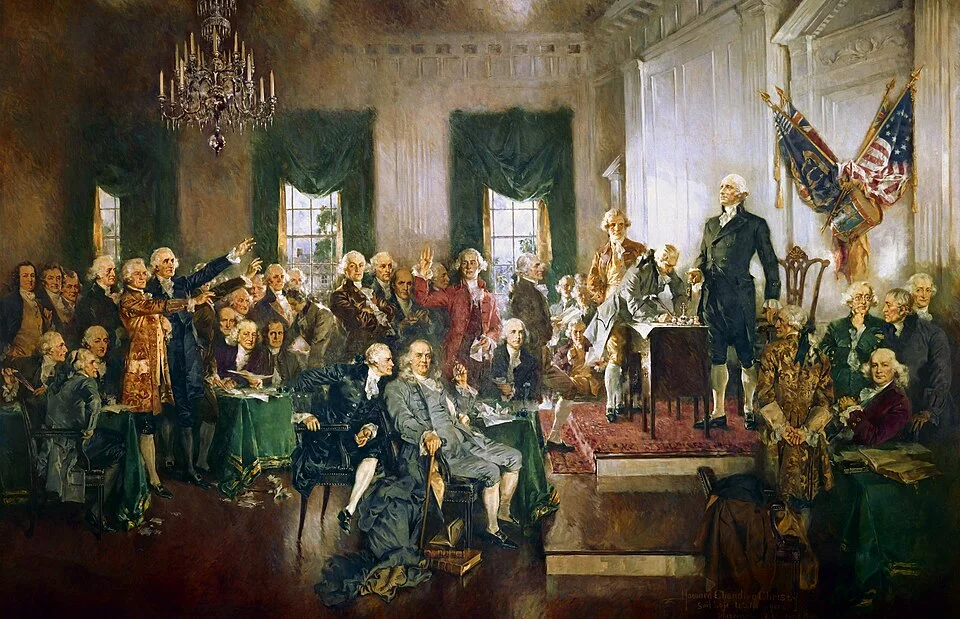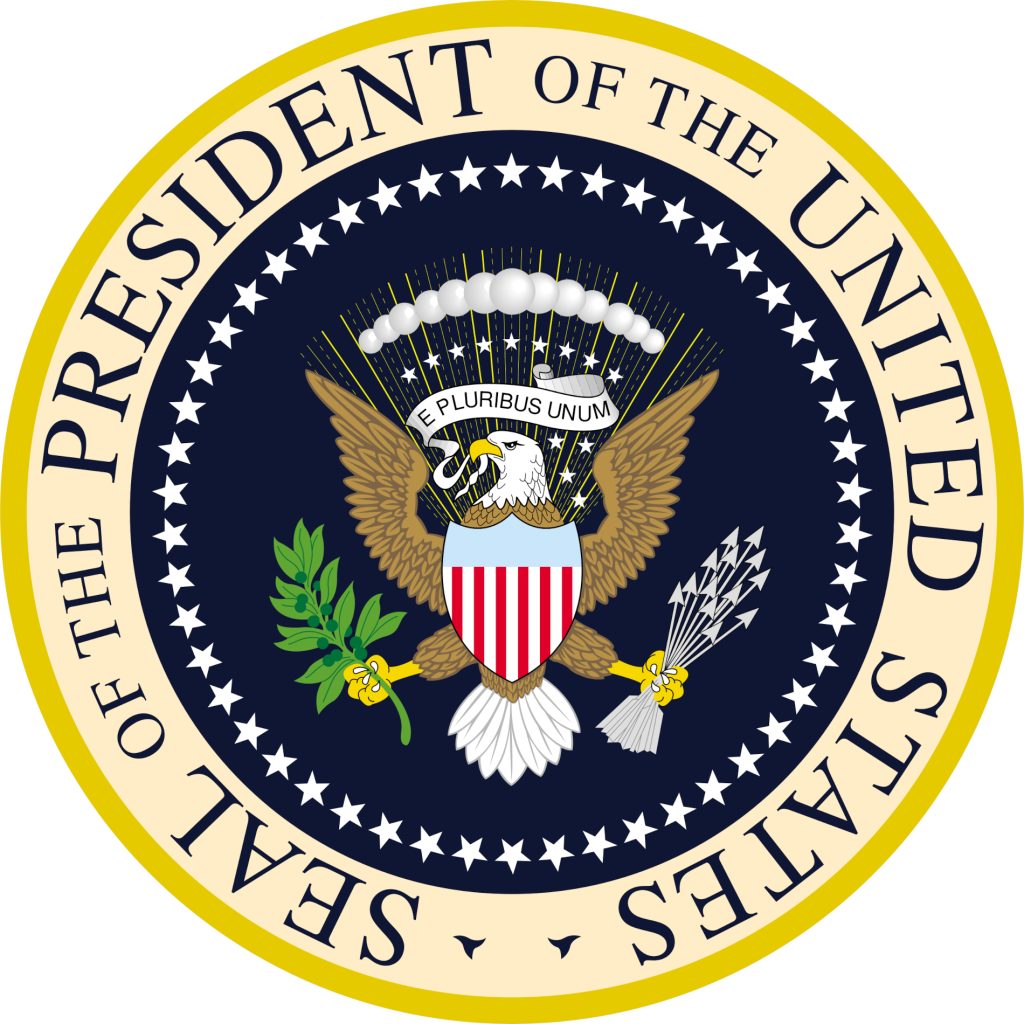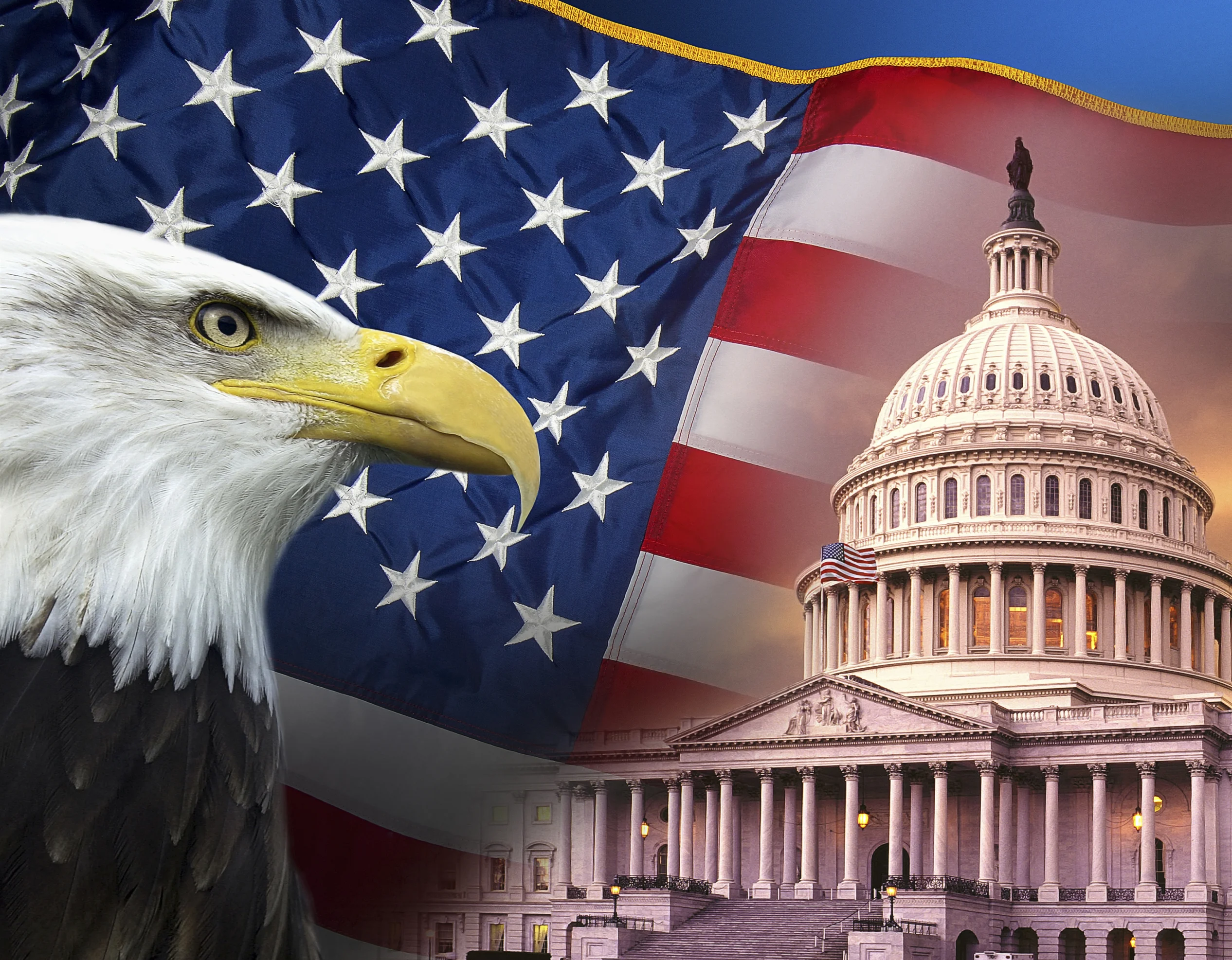At its semi-annual National Committee Meeting, held in Sparks, Nevada, the Constitution Party passed a resolution to “Defend Education Against State – Funded Intrusion.”
It states, in part, that
“The Constitution of the United States delegates no explicit authority to the federal government to tax or fund education, or to regulate education. All such powers are reserved to the states, or to the people of the states, under the Tenth Amendment.
All human rights, including the right to govern one’s household and direct the upbringing and education of children, are endowed by the Creator and not granted by any government.
The family is the first and foundational unit of government, with parents bearing the full responsibility and authority to educate their children as a matter of natural and divine law.
The State does not own children, and it has no rightful claim over the direction of their education, particularly when such education is privately funded or directed within the home.”
The Constitution Party declares that all forms of tax-funded subsidies for non-public education are unconstitutional, immoral, and
incompatible with the principles of individual liberty, private property, and family sovereignty.
The Constitution Party calls upon the legislatures of all fifty states to nullify, reject, and repeal any existing tax-funded programs that subsidize private, religious, or home education, and to refrain from enacting any such programs in the future.
The Constitution Party rejects the redefinition of programs like ESAs as public education and affirms that such reclassification undermines both the integrity of public schooling and the independence of private and home education.
The Constitution Party affirms the sacred right of parents to educate their children without enticement, interference, or coercion by the State.
The Constitution Party rejects any claim—explicit or implied—that children are wards of the State, and we declare that no government has authority to intrude upon the God-given hierarchy of the family, where parents, not politicians, are the rightful stewards of the next generation.
The Constitution Party warns all liberty-minded citizens, churches,
homeschool associations, and private educators that the rebranding of ESAs as “public education” is a Trojan horse for expanded government regulation, surveillance, and eventual control over private and home education. We urge all who value liberty to oppose this deceptive promise of state-funded “choice” and to defend the necessary wall of
separation between education and state control.
Contact Us:
Constitution Party National Committee
P.O. Box 1782
Lancaster, Pennsylvania 17608
(717) 390-1993
contactcp@constitutionparty.com






